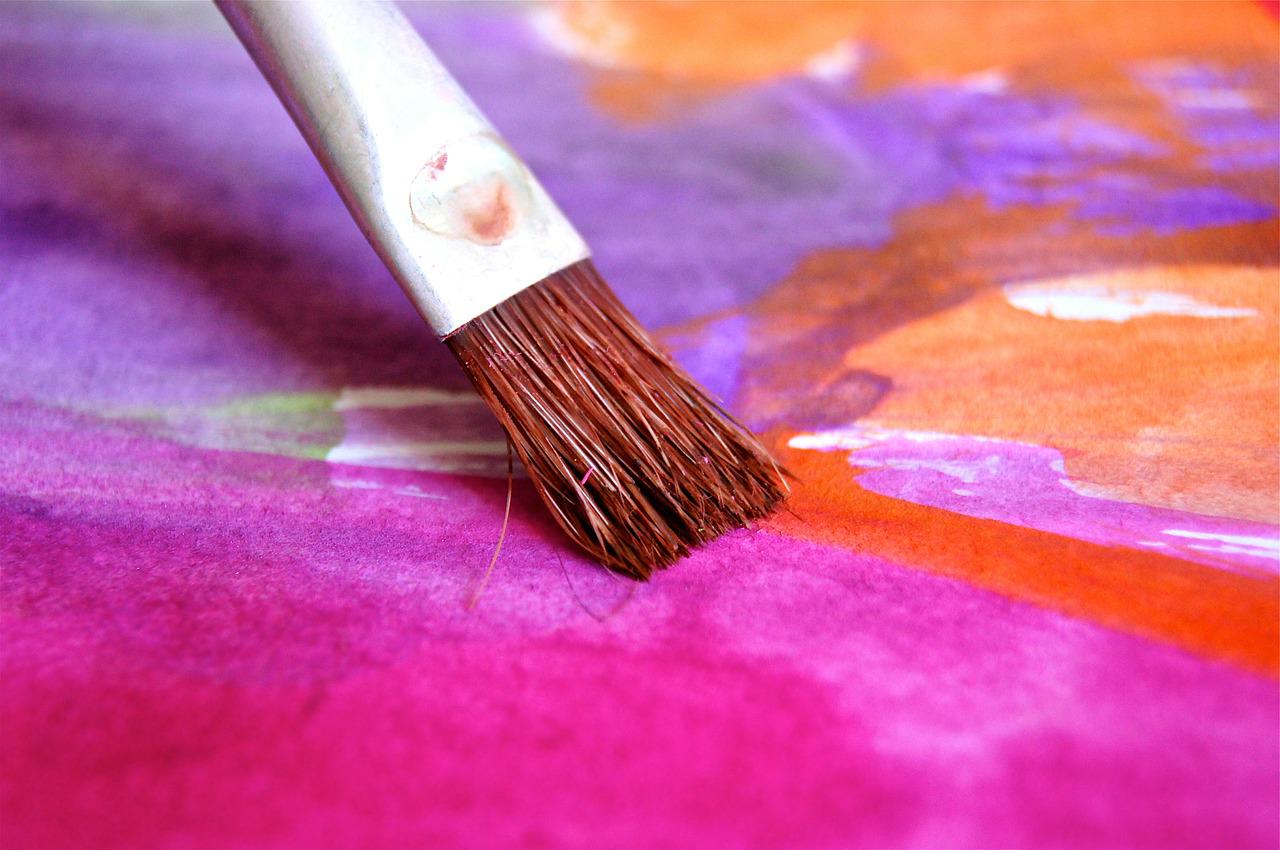
The process of evaluating art can be broken down into four basic steps. These steps will help you evaluate any piece of art you are interested in purchasing or investing in.
1. The artist’s intention
When evaluating a piece of art, it is important to first consider the artist’s intention. What was their purpose in creating this piece? What were they hoping to communicate? If you can understand the artist’s intent, it will be easier to assess whether or not they were successful.
The intentions of the artist are often revealed through the medium that they choose to create a piece in. For example, an oil painting would likely have a different intent than a drawing of the same subject, which would have its own unique intent from a sculpture of the same subject. Understanding what inspired the artist to choose their medium is also important when understanding their intentions.
You may also want to consider what inspired the artist to create this piece in the first place.
2. The historical context
Consider the historical context in which the piece was created. What were the major events happening at the time? How did they affect the artist and their work? For example, an artist who lived through World War II is likely to have been influenced by the conflict in some way.
The historical context can also help you understand how a piece of art was received at the time it was created. Was it controversial? Did it push boundaries? How did viewers respond to it? Understanding this can give you a better sense of its significance today.
3. The technical elements
When evaluating a piece of art, it is important to consider the technical elements that went into its creation. Things like the medium used, the brushstrokes, and the color palette can all affect how successful the artist was in communicating their intention.
The medium used is particularly important when considering the technical elements of a piece of art. For example, an oil painting would likely have a different effect than a drawing of the same subject. Each medium has its own unique properties that can be used to create different effects.
The brushstrokes and color palette are also important when considering the technical elements of a piece of art. The way that an artist uses these elements can greatly affect the overall look and feel of a piece. Understanding how these elements are used can help you appreciate a piece of art on a deeper level.
4. Your personal response
No matter how much you know about art, it always comes down to your personal response. Do you like the piece? Does it speak to you in some way? These are the most important questions to ask yourself when evaluating a piece of art.
Your personal response is the most important factor in deciding whether or not to purchase a piece of art. If you don’t like it, there’s no point in investing in it. However, if you do like it and it speaks to you in some way, then it may be worth considering purchasing.
Keep in mind that your personal response should be based on your own taste and preferences. Don’t let anyone else tell you what you should or shouldn’t like. Trust your own instincts and go with what you feel is best for you.


